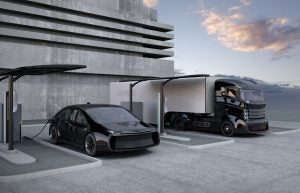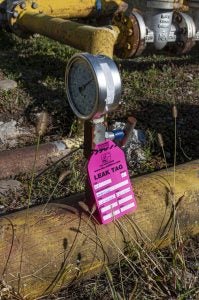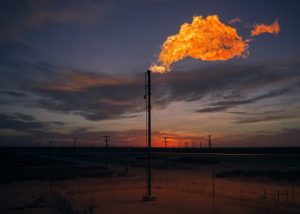 One thing is clear: The New York Public Service Commission does not shy away from a challenge. Since the Climate Leadership and Community Protection Act was adopted in 2019, setting economy-wide greenhouse gas reduction targets and directing the PSC to eliminate emissions from electric generation, the commission has been hard at work updating its programs where its role under the new law is clear, and making sense of the rest.
One thing is clear: The New York Public Service Commission does not shy away from a challenge. Since the Climate Leadership and Community Protection Act was adopted in 2019, setting economy-wide greenhouse gas reduction targets and directing the PSC to eliminate emissions from electric generation, the commission has been hard at work updating its programs where its role under the new law is clear, and making sense of the rest.
New York’s decarbonization path is nascent, particularly when it comes to eliminating pollution from activities that do not rely directly on utility systems today, but that will rely on those systems to eliminate their emissions in the future. Trucks and buses are a perfect example. These vehicles are a small slice of the transportation pie, yet they are responsible for an outsized share of the air pollution from transportation, including about half of the transportation-related nitrogen oxide and particulate matter contaminants. These pollutants cause serious health problems, like asthma — especially in communities that experience high truck traffic.




